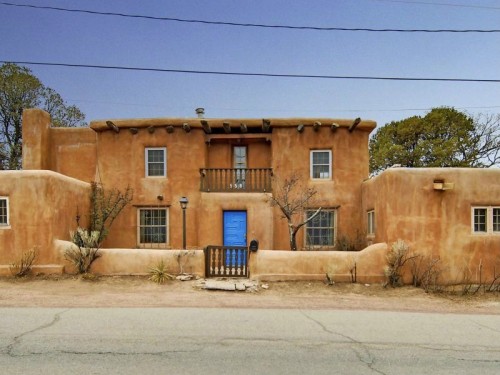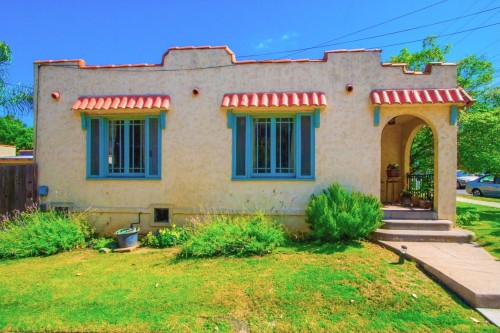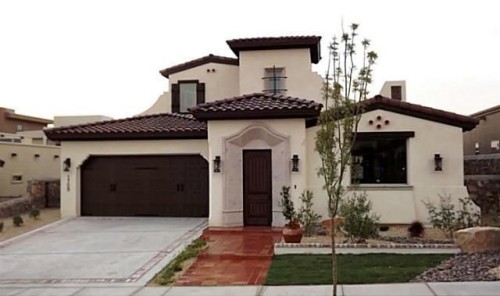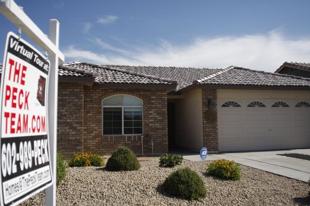All the marketing talk these days is about social media. But research shows old-fashioned email is still far more effective than social media in attracting customers to your business online.
A recent study by predictive analytics firm Custora discovered that customer acquisition via email has quadrupled in the last four years and now accounts for almost 7 percent of customer acquisitions. Organic search is the most powerful acquisition channel, accounting for 16 percent of customers acquired, while Facebook and Twitter lag far behind.
Facebook was almost insignificant as a customer channel. A minuscule percentage of customers connect and purchase via Facebook. Twitter is an even weaker way to draw customers.
What’s more, customers who come to businesses via email tend to shop more and spend more. The Custora study shows email customers are 11 percent more valuable than average. Organic-search customers are 50 percent more valuable than average. Facebook customers are average, and Twitter customers are 23 percent less valuable than average.
“Email will always deal with the reputation that it’s passe,” said Simms Jenkins, CEO of BrightWave Marketing and author of The New Inbox: Why Email Marketing Is the Digital Marketing Hub in a Social & Mobile World. “It’s not a sexy tool like Pinterest or Instagram or Vine. But the pendulum has really swung back in the last few years, spurred in part by the recession. People want things that generate revenue, not just bright shiny objects.”
Jenkins acknowledges that social media is a valuable tool—it’s great for customer engagement—but it’s not the best way to drive sales. “If you have just one bullet left in your gun to sell something, then email should always be that bullet,” he says.
Email is effective because it’s permission-based. The people on your email list have given you the go-ahead to send them messages. They’re bought in. And, with the prevalence of smartphones and tablets, they’re always listening. In fact, email is the number-one activity for people on their phones.
The “new inbox” that Jenkins references in the title of his book is an inbox that’s always on. People check email constantly, wherever they are, and that enables you to stay connected. But the window is narrow. When people read email on a mobile device they do it quickly. That means your emails must be powerful enough to grab attention.
At the very least, your emails should not annoy. One way to ensure they don’t is to allow your audience to decide when they receive your emails. You should set up a preference center where users can adjust their email options.
Also keep in mind that email requires a different tone than channels like Facebook and Twitter. You can’t simply duplicate your Facebook efforts in email. “On email people want offers,” Jenkins says. “On Facebook they want to be more touchy-feely with the brand. On Twitter they want breaking news and updates. The best brands understand that, instead of sending the same stuff across multiple channels.”
A primary reason why email is now a more powerful customer-acquisition channel is mobile devices: They enable better email marketing in many ways. For example, some brands put messages at the checkout counter that say, “Text us your email address and you’ll get 10 percent off your next purchase.” That way they build their email lists.
But mobile also presents challenges for email marketers. Forty percent of all emails are now viewed on smartphones, which means they must be coded to be attractive on a phone screen. Seventy percent of consumers will unsubscribe from your emails if they look bad on a mobile device.
“If you don’t optimize email, if you let it languish in favor of those cool new tools out there, your business will suffer,” Jenkins says. “I’m still surprised that in 2013 some people are just blasting out a monthly email to their subscribers. Too many people are chasing the new thing instead of investing in the thing that really works, which is email. Email is more important than ever, not less. And those who leverage email most effectively will be the big winners.”






